So you just found out you have a bee hive inside the wall or roof of your home. “What’s this gonna cost me to fix?” is probably going to be the first thought to cross your mind. The cost of removing a hive from a structure is primarily determined by how difficult the hive is to get to and the length of time the bees have been building the hive. You see, the longer the bees have been inside the structure, the bigger the hive and the more defensive the bees will be.
Removing a bee hive from a structure can be a costly endeavor, especially if the hive is large and has been there a while. The problem is, not everyone knows how long the bees have been there. So how can you estimate the age of a hive when it’s inside the wall? There are tools and cameras that use infrared sensors, but they are very expensive. Luckily there is a less costly way to determine the approximate age of a hive. It’s called a landing stain.
So what is a landing stain? Basically it is a stain on a wall or roof where bees land before entering the structure.
What does a landing stain look like? Depending on how long the bees have been there, a landing stain can look like a soft grey charcoal rub mark all the way to a dark black sticky stain. Take a look at the photos below. The first is a picture of a landing stain. The second is a photo of the hive exposed in the wall right under the landing stain. Check out the video at the end of this article.
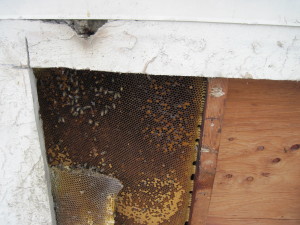
The hive in the wall is exposed. This hive was located right next to the landing stain from photo on left.
What causes the area to stain? The stain develops over time by the repetition of the bees abdomen and legs rubbing Propolis against the wall near the hole or crack where the bees are entering the structure. You see, the area near the hole or gap on the wall is the entrance to their home. It’s sort of like the entrance to your home. Carpet and floors tend to collect more dirt and debris faster than other areas of your home…simply because they are used more often than other areas.
What is Propolis? Propolis is a substance that bees collect from tree buds, sap, and other botanical sources. It is sticky and leaves a small bit of residue each time a bee lands. Over time the residue builds up to form a stain. The darker the stain, the longer the bees have been there.
Is it always possible to tell the age of the hive by looking at the landing stain? Not always. If a wall is dark it is more difficult to determine how dark the landing stain is. A landing stain is most useful on light surfaces.
Take a look at the video below. It’s a quick clip of Jeff “The Bee Whisperer” Lutz pointing out a landing stain on a hive box.

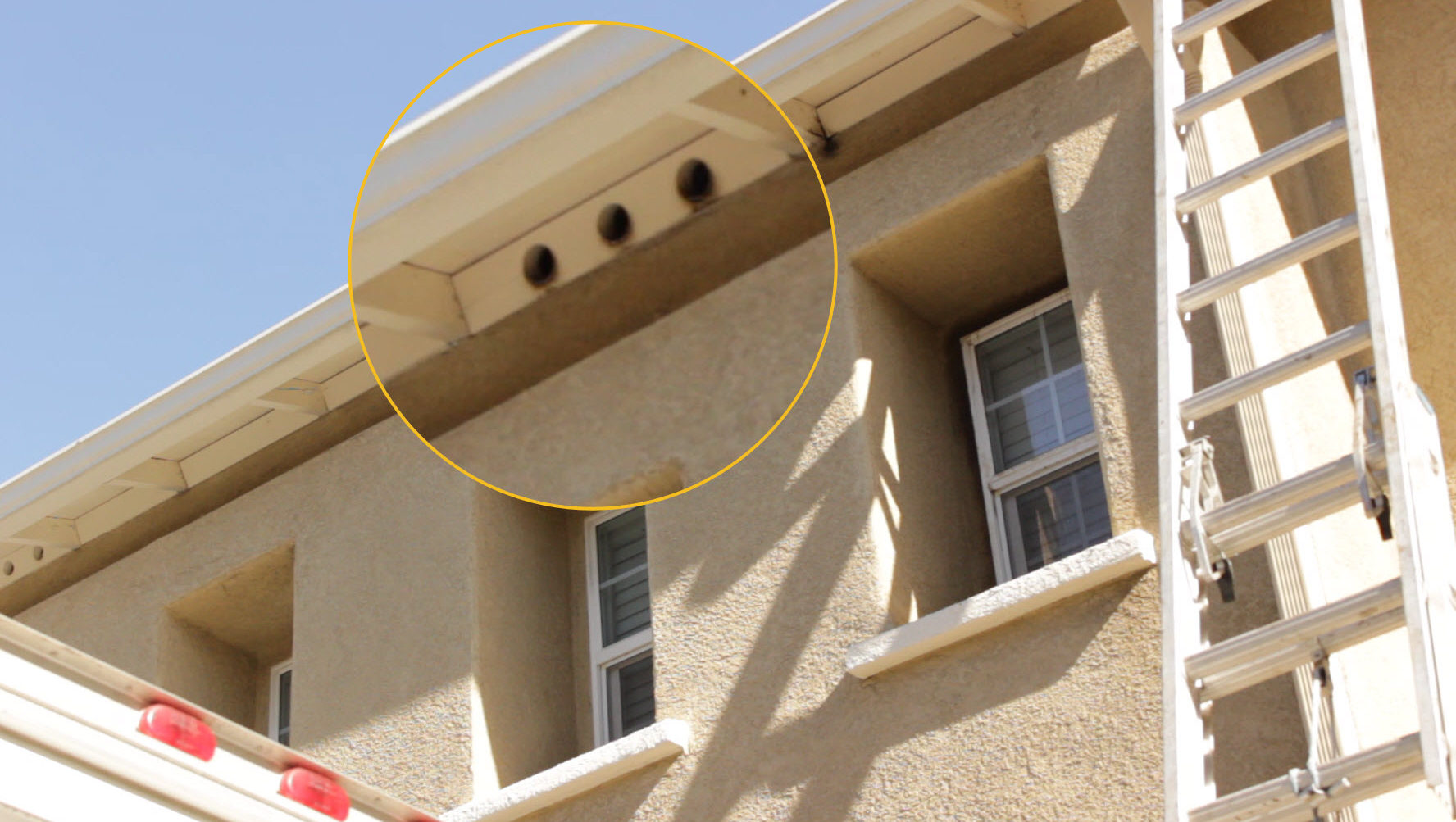
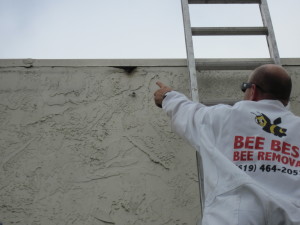
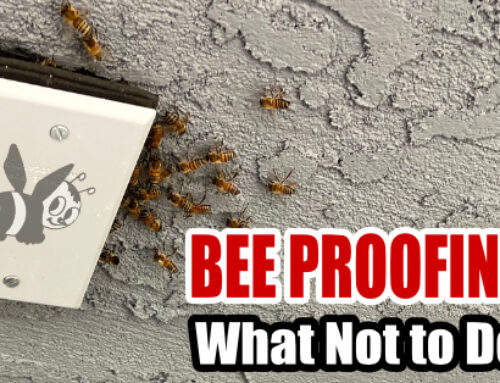
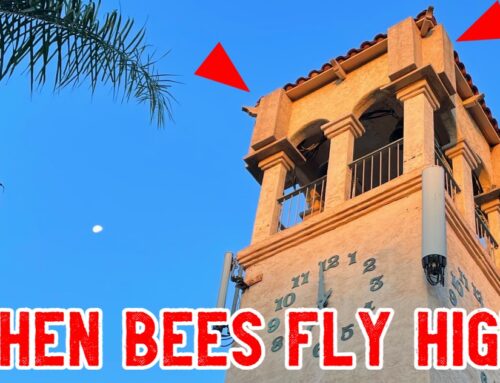
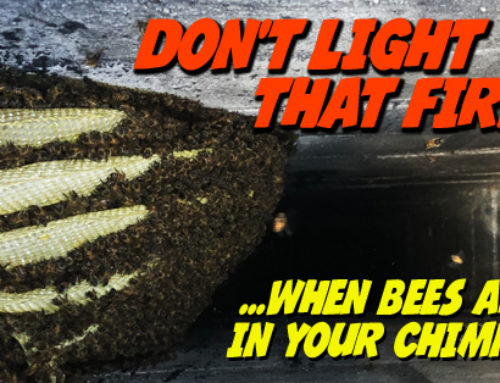
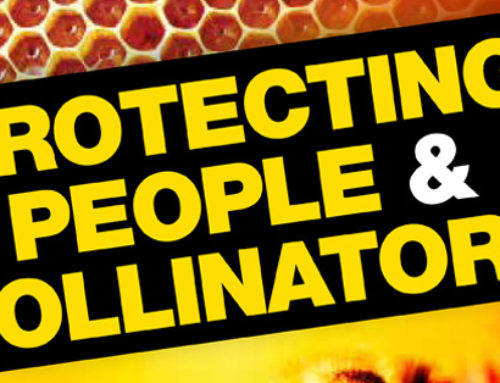
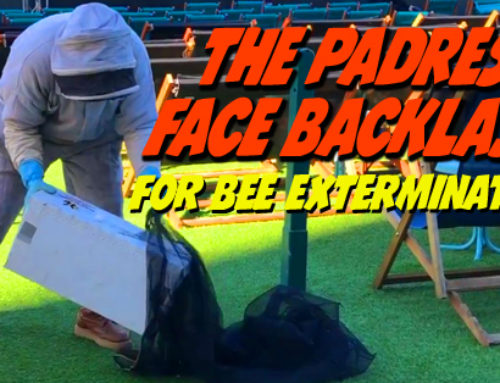

Dear Sirs;
Relating to the picture above, would the combs be built vertically on that wall, just in the diagonal shape of the eave, or horizontally along the ceiling. Also ,how far into the wall will they go? My bees have been entering my third floor eaves in one small place, and this is their 2nd year. Im sprayied them an organic compound that made them go away for a day, maybe, but now Im smelling the rottening of their hive i10-15 feet away from thei entrance, and hardly in thevroom closer ro the entrance.
While every bee job is different, you can expect bees to build from top to bottom. They will also fill the available space with as much wax and honey as they can or is allowed. Time also determines how large or small the hive is. The longer the hive is in the suspected area the larger the hive will be. After a while the hive can rot and attract other animals and insects.